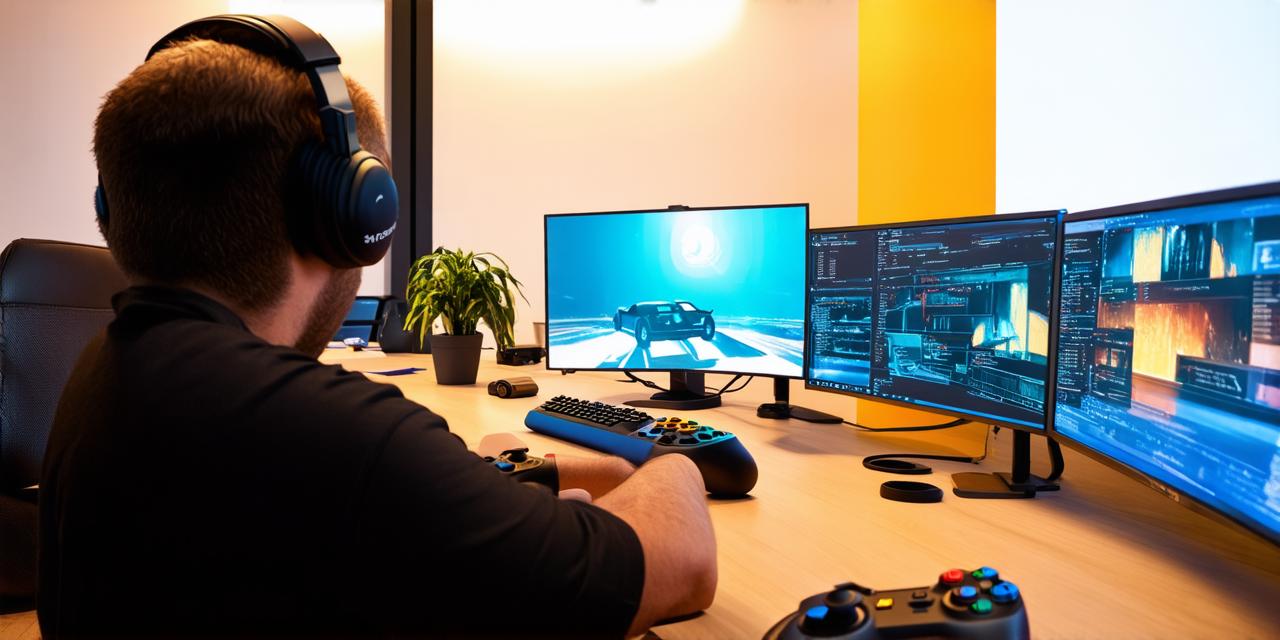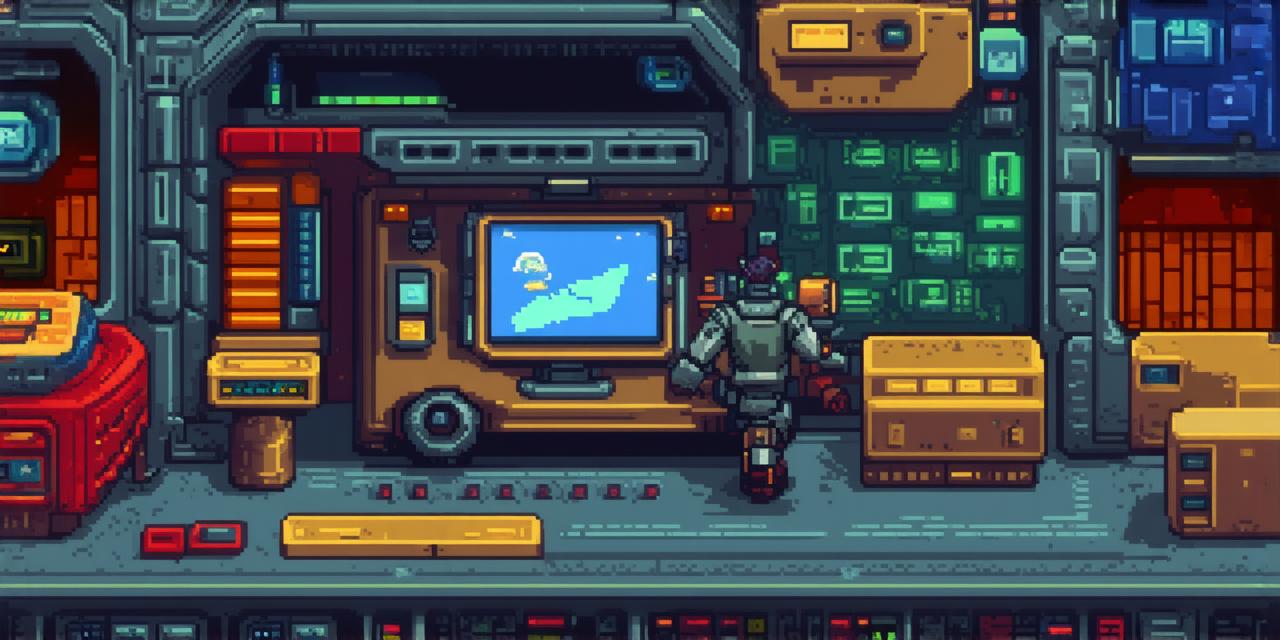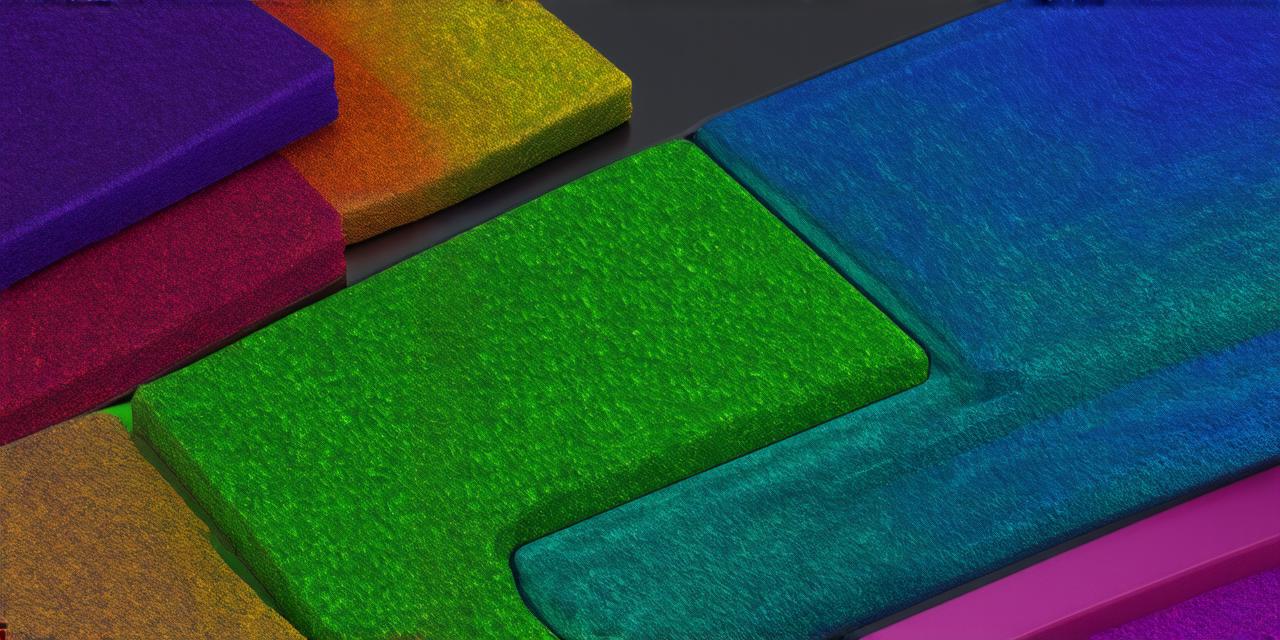If you’re passionate about video games and have always dreamed of creating your own, becoming a video game designer might be the perfect career choice for you. However, this field is highly competitive, and it requires a combination of creativity, technical skills, and hard work to succeed.
Why Become a Video Game Designer?
The demand for video game designers is growing rapidly, with more companies investing in gaming technology and creating new games every day. According to the Bureau of Labor Statistics, employment for game and simulation developers is projected to grow 26 percent from 2019 to 2029, much faster than the average for all occupations.
In addition to being a lucrative career, becoming a video game designer allows you to use your creativity to bring games to life, work with cutting-edge technology, and collaborate with other artists, writers, and developers. However, it’s important to note that this field is highly competitive, and only those who are truly passionate about gaming and willing to put in the time and effort will succeed.
Education and Training for Video Game Designers
While there is no one-size-fits-all path to becoming a video game designer, many successful designers have a degree or diploma in a related field such as computer science, art, or design. These programs typically include courses on programming languages like C++ and Python, game engines like Unity and Unreal Engine, and game design principles and techniques.
Building Your Portfolio
As a video game designer, your portfolio is your calling card. It’s your chance to showcase your skills and demonstrate to potential employers what you can do. Building a strong portfolio requires creativity, technical skills, and attention to detail.
One of the best ways to build your portfolio is by working on personal projects. These can be anything from small games to more complex projects that showcase your design, programming, and art skills. You can also participate in game jams and other competitions to gain experience and exposure for your work.
Gaining Practical Experience
In addition to building a strong portfolio, gaining practical experience is essential for video game designers. This can include internships, freelance work, or volunteering at gaming events and conferences.
Internships are an excellent way to gain practical experience while still in school. Many companies offer internships specifically for video game design students, allowing you to work on real-world projects and learn from experienced designers.

Freelance work can also be a great way to gain experience and build your portfolio. You can work on small projects or collaborate with other designers to create more complex games. This can help you network and build relationships within the industry.
Volunteering at gaming events and conferences is another way to gain practical experience. These events provide opportunities to meet other designers, learn about new technologies and trends in the field, and even showcase your work to potential employers.
Case Studies: Real-Life Examples of Successful Video Game Designers
To illustrate how to become a video game designer, let’s take a look at some real-life examples of successful designers who followed different paths to achieve their goals.
1. John Carmack
John Carmack is the co-founder of id Software and the creator of the Wolfenstein and Doom franchises. He has a degree in computer science from Southern Methodist University and began his career as a programmer before transitioning into game design. He has since become one of the most influential figures in the gaming industry, known for his technical expertise and innovative approaches to game design.
2. Shigeru Miyamoto
Shigeru Miyamoto is the creator of the Mario franchise and has been a key figure in the gaming industry for over 40 years. He started his career as an art teacher before transitioning into game design. He is known for his attention to detail, creativity, and ability to create games that appeal to people of all ages.
3. Clifford Surname
Clifford Surname is the founder of Supergiant Games and creator of the hit indie game Hollow Knight. He has a degree in computer science from the University of California, San Diego, and began his career as a programmer before transitioning into game design. He is known for his unique approach to game design, combining elements of traditional platformers with modern storytelling techniques.
Becoming a Video Game Designer: A Step-by-Step Guide
Now that we’ve explored the background and education required to become a video game designer, let’s take a closer look at the steps involved in this process.
1. Identify Your Passion for Gaming
The first step to becoming a video game designer is identifying your passion for gaming. This can involve playing games, analyzing them, and understanding what makes them successful. It’s important to be passionate about gaming if you want to succeed in this field, as it will drive your creativity and motivation.
2. Choose Your Specialty
Next, you’ll need to choose your specialty within the field of video game design. This can involve deciding which area of design you’re most interested in, such as art, programming, or level design. It’s important to focus on one area of expertise and become an expert in that field before expanding your skillset.
3. Pursue Education and Training
Once you’ve identified your passion for gaming and chosen your specialty, it’s time to pursue education and training. This can involve enrolling in a degree program or diploma program related to your specialty, participating in online courses or bootcamps, or even taking up internships or apprenticeships.
4. Build Your Portfolio
Building a strong portfolio is essential for video game designers. This involves creating your own games, working on personal projects, and showcasing your work to potential employers. It’s important to be creative and think outside the box when building your portfolio.
5. Gain Practical Experience
Gaining practical experience is also crucial for video game designers. This can involve participating in game jams, taking up internships or freelance work, or volunteering at gaming events and conferences. It’s important to gain as much experience as possible to build your skills and prepare for a career in the industry.
6. Network and Collaborate
Finally, networking and collaborating with other designers is essential for video game designers. This involves attending gaming events, joining online communities, and building relationships with other



